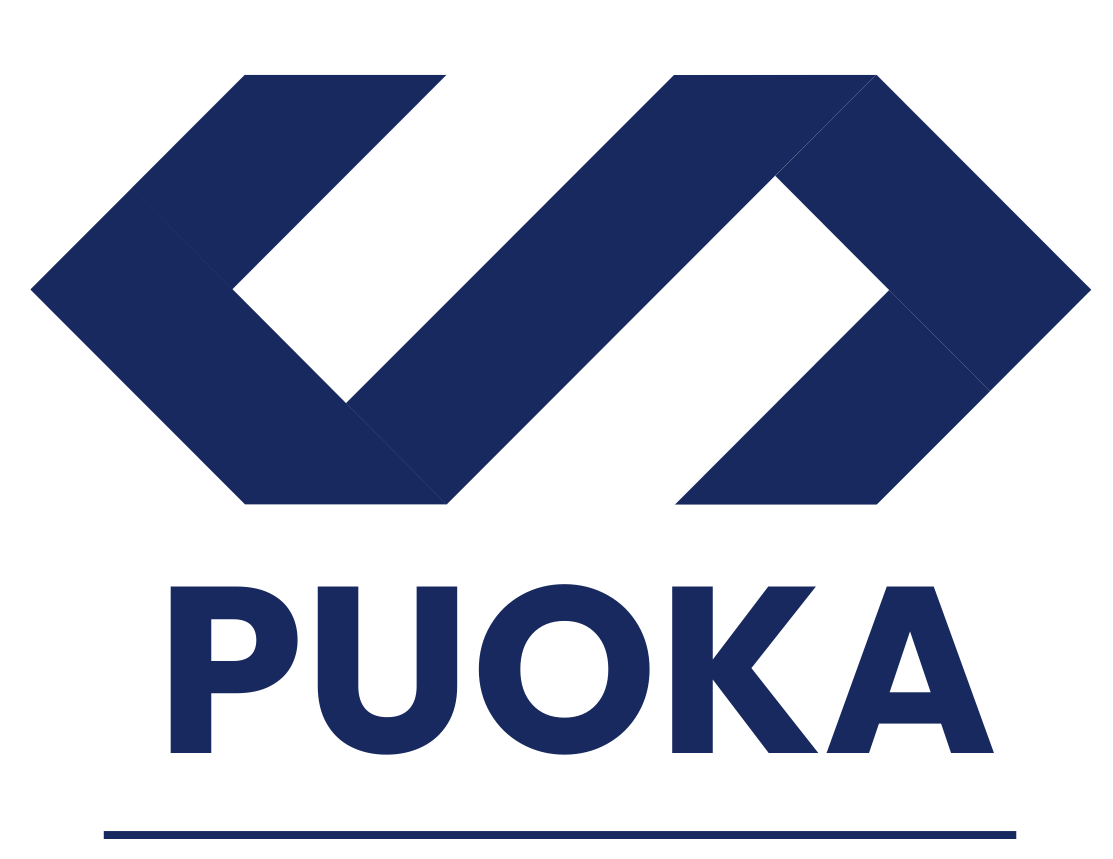Google’s push toward transparency in search results just took a significant step forward with the introduction of a new labeling system for AI-generated content. While the tech giant announced similar labels for YouTube content back in March, this latest move is aimed at helping users distinguish between human-created and AI-generated material in their search results.
With generative AI tools becoming mainstream, the need for clear identification of AI involvement is more crucial than ever. But, what exactly does this mean for content creators, SEO specialists and users alike? Let’s break down the key aspects of this update and why it matters.
What’s the Deal With AI-Generated Content Labels?
In simple terms, Google will now tag Search, Images and Lens content that’s been created or significantly shaped by AI. If an AI tool was involved, Google wants you to know about it upfront. This new label will provide users with added context about how certain content was generated.
Why does this matter? Transparency has become a critical issue as AI-generated content continues to flood the digital landscape. Google’s move signals its commitment to keeping users informed and giving them the power to decide how much they trust machine-generated content.
What Does This Mean for SEO and Content Creators?
For content creators and SEO professionals, these AI labels introduce a new layer of complexity to search engine optimization strategies. It’s not just about hitting keywords and generating traffic anymore — now, users will be aware if your content has a “robotic” touch.
The potential implications are vast. While some users may not mind AI-generated content, others may be skeptical, preferring human-authored material for its perceived authenticity. SEO experts will need to weigh the pros and cons of using AI tools for content creation, especially for sensitive topics like health, finance or news.
Additionally, this labeling system raises questions about how AI-generated content might perform in search rankings. Will Google favor human-created content? Or will AI-generated materials continue to rank well, as long as they provide value and meet other search quality guidelines? Only time will tell.
Why Now?
You might be wondering: Why is Google introducing this feature now? The answer lies in the rapid acceleration of AI adoption.
With tools like OpenAI’s ChatGPT and Google’s own Gemini AI taking center stage, AI-generated content has become ubiquitous in a short amount of time. This surge of AI content has sparked conversations about misinformation, bias and ethical content creation.
In fact, during the rollout of Google’s August 2024 Core Update, many SEO experts noticed that search rankings became even more volatile, with AI content taking unexpected dips and rises. Google’s labeling system appears to be a natural evolution of this ongoing trend, aimed at enhancing trust while embracing AI’s role in content creation.
What To Expect Moving Forward
This move by Google will likely have ripple effects across the digital marketing and SEO world. As the lines between human and AI-created content blur, maintaining transparency is not only ethical but essential for maintaining trust with your audience. Whether you’re creating blogs, videos or images, using AI tools will require careful consideration — and now, clear disclosure.
It’s a fascinating shift that shows how AI is reshaping not only the way we create content but also how we interact with it. Google’s new labeling system is just the beginning. Going forward, content creators, businesses and digital marketers will need to keep transparency front and center.
So, what’s your next move? Keep an eye on how this labeling system evolves and make sure your content strategies adapt accordingly.







